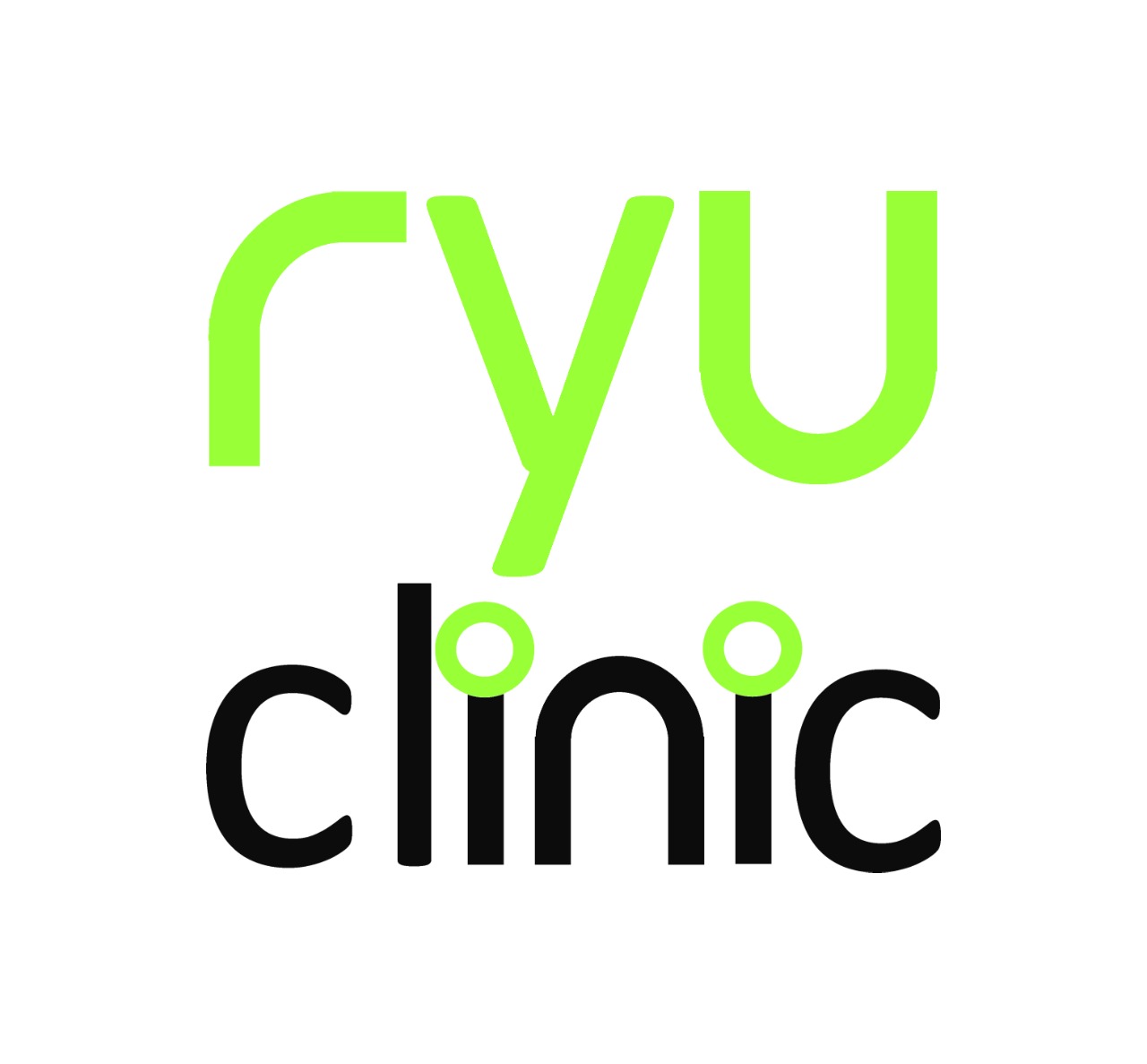Acupoint Injection Overview
Acupoint Injection Overview
](/assets/images/ariabc.org.png)
According to famous TCM author Qiu Maoliang‘s most influential textbook, Chinese Acupuncture and Moxibustion; acupoint injection therapy is described as
…a method of injecting liquid medicine into acupoints in order to prevent and treat disease. It combines permeating and stimulating functions of needles and medicine, and can enhance both their therapeutic effects in treating disease.1
Acupoint injection therapy also referred to as aquapuncture therapy was developed in China in the early 1950s2 and has been used in China ever since.3 Acupoint injection therapy has a Western equivalent in trigger point injection therapy. Trigger points are described as hyperirritable spots in the fascia surrounding skeletal muscle. They are associated with palpable nodules in taut bands of muscle fibers.4
Many practitioners maintain that trigger points are separate entities from acupoints. However, ashi points, which are described in The Yellow Emperor’s Classic and are considered acupoints, exhibit pain upon palpation5 and demonstrate characteristics identical to the Western concept of trigger points. Research has demonstrated that, when comparing 255 known trigger points to known acupuncture points, 92% of trigger points had anatomically corresponding acupoints. Interestingly, the characteristics of their referred pain patterns had complete or near-complete agreement with 76% of their corresponding acupoints, with another 14% having at least some agreement.6
This is important to note because many research studies have been conducted using the terms ‘acupoint injection’ and ‘trigger point injection’ without any major differences between actual methods used in the research. For this reason, we include research studies on trigger point injections along with research on acupoint injections in this article: they are identical concepts expressed under different names. Trigger point injection courses are taught around the world to many different practitioners, including medical doctors, naturopathic doctors, acupuncturists, and registered nurses.
Research has revealed that acupoint injection/wet needling has advantages over acupuncture/dry needling. Injection is more practical and rapid, since it causes less disturbance during the procedure. It also results in lower pain scores and a higher pain pressure threshold, outperforming both acupuncture and botulinum toxin type A (botox injection).7 Research demonstrates that acupoint injection results in significantly less post-injection soreness when compared to dry acupuncture when measured 2 to 8 hours after treatment.8
While acupuncture points (acupoints) are the intended target of this therapy, the structures accessed during this procedure can range from cutanenous right down to the periosteum or articular cartilage and everything in between.
##References
-
Maoliang, Qiu. Subject Adviser‘s Preface, p. IX , and ―Point-Injection Therapy (hydro-acupuncture therapy), pp.220-222, in Chinese Acupuncture and Moxibustion (Churchill Livingstone: February 8, 1993). Available at http://www.amazon.com/Chinese-Acupuncture-Moxibustion-Mao-Liang-Qiu/dp/0443042233 ↩
-
Fan A. Dry needling is acupuncture.” in Acupunct Med doi:10.1136/acupmed-2015-011010. http://aim.bmj.com/content/early/2015/12/15/acupmed-2015-011010.long ↩
-
Water Injection Therapy, The World Federation of Acupuncture-Moxibustion Societies. www.wfas.org.cn/tcmtools/therapy/835.html ↩
-
Travell J, Simons D & Lois S. Myofascial Pain and Dysfunction: The Trigger Point Manual, (LWW: 1998), p. 5. Available at http://www.amazon.com/Myofascial-Pain-Dysfunction-Trigger-Manual/dp/0683083635 ↩
-
Nugent-Head, Andrew. Ashi Points in Clinical Practice‖ in Journal of Chinese Medicine 101 (February 2013), pp. 5-12. Accessed December 28, 2015 at https://www.jcm.co.uk/ashi-points-in-clinical-practice.html ↩
-
Dorsher, Peter T. MD. Trigger Points And Acupuncture Points: Anatomic And Clinical Correlations‖ in Medical Acupuncture Journal 17, Issue 3 (May 2006), pp. 20-23. http://myofascialtherapy.massagetherapy.com/trigger-points-and-acupuncture-points-medical-article ↩
-
Kamanli, A. ―Comparison of lidocaine injection, botulinum toxin injection, and dry needling to trigger points in myofascial pain syndrome in Rheumatology International 25, Issue 8 (October 2005), pp. 604-611. http://www.ncbi.nlm.nih.gov/pubmed/15372199 ↩
-
Hong, CZ. ―Lidocaine injection versus dry needling to myofascial trigger point. The importance of the local twitch response. in American Journal of Physical Medicine & Rehabilitation 73, Issue 4 (July-August 1994), pp. 256-263. http://www.ncbi.nlm.nih.gov/pubmed/8043247 ↩



